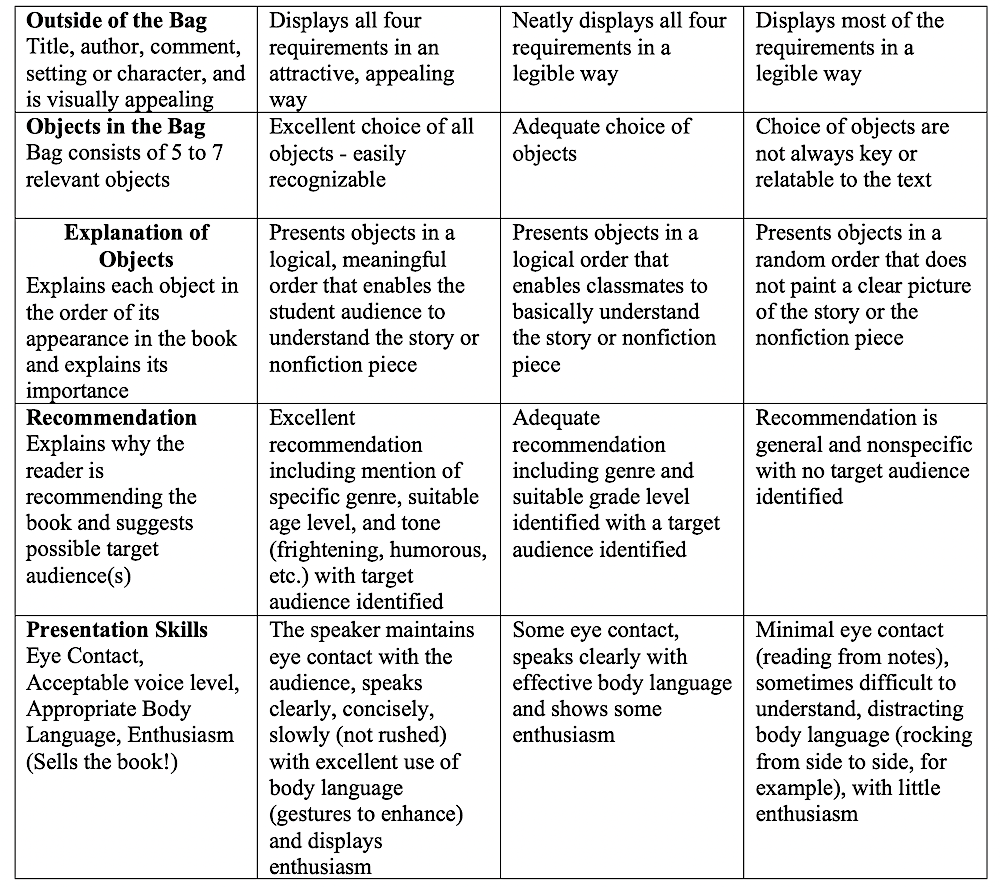Book-in-a-Bag Talks Let Kids Tout Books They Love
 By Lynne R. Dorfman
By Lynne R. Dorfman
Here’s a new way to give a book talk and have some fun at the same time! Ask students to choose a book for independent reading. After your students have read their book, give them a paper bag and ask them to decorate it with a scene from the book.
Inside the bag, place five items that represent something from the book. These items can be drawings, photos, or actual objects that students will use to explain important aspects of their book.
Since we cannot physically be together in our classrooms, students could do live presentations or create a video to share on your Canvas page, through Zoom meetings with the entire class, or through Google classroom.
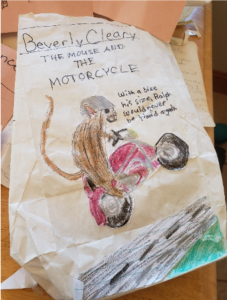
For video purposes, students may decide to “wear” a larger leaf collection bag and model for the class, rotating to display all sides of their bag. They can still store items in a smaller bag for their book talk. Often, students decorate the larger bag to become one of the main characters from their book and proceed to talk about their book in the voice of their main character.
I’ve done this project with fourth and fifth graders and have no doubt sixth graders (and even older kids) would enjoy it.
Requirements for the Book Bags:
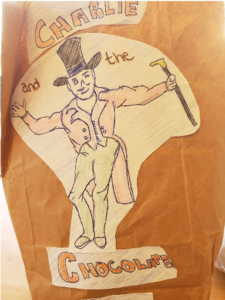
• Title of book
• Author’s name
• A comment that would persuade a peer to read the book.
• Something that represents a book character or setting of the book or the “when” and “where” of a nonfiction selection.
• Use crayons, fabric, colored pencils, and other materials to make it visually appealing.
Inside of the bag, include several items you find or create that represent the following:
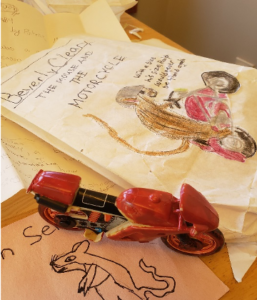
• The main character
• A supporting character
• Three or four plot events shared in the correct sequence.
Nonfiction
• What you will take away from this book – three important/interesting ideas.
• Something that surprised you.
• A representation of visual information – a chart, diagram, chart, table, etc.
• Optional: A possible companion text (fiction, poem, other nonfiction book, article, essay, play)
TIps for Oral Presentation ( or Video Recording)
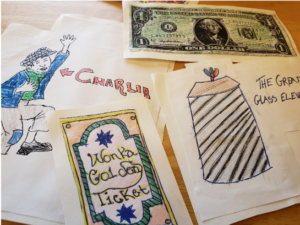
• Offer your opinion – why would your classmates want to read this book? Give it a recommendation that includes a star rating (e.g., 4 of 5 stars).
• Identify a target audience – animal lover, extreme sports enthusiast, mystery reader, etc.
• Explain each aspect of your bag and the objects in it so your classmates will know what the book is about.
• Use the items in your bag in the order they appear in the story or nonfiction read.
• Spoiler alert: Be sure not to give away the ending!
DO IT YOURSELF! To create a community where everyone is a reader and contributor, be sure to model a bag book talk for your students. Choose a book you think the kids in your class will enjoy, maybe something that is new to your library or a series you think they will enjoy.
You might want to create a fiction and a nonfiction book talk and share with your students several days or weeks apart. This format for book talks is perfect for the spring months. You already have built a reading community where students are not afraid to take risks and try new formats.
Do not plan to do all these presentations in one day! It just takes too long. Spread them out over a week or two. Have some fun! Here is Lynne’s model for a fourth- or fifth-grade class. Can you guess what was inside her bag? See the words highlighted in red for the items Lynne placed in a paper shopping bag for her book-in-a-bag book talk.
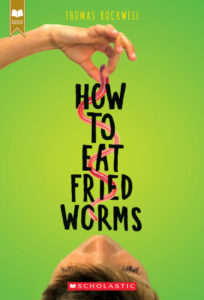
Then Alan and Joe invite Billy to a baseball game (place baseball or mitt or cap in the bag) and stuff him with all the food he can eat – and he hasn’t eaten the worm for that day yet. Sneaky! Will Billy remember in time? A very funny book to read anywhere you go – short chapters make it possible to read in the car, at the dentist’s office, or before you get ready for bed. Find out if Billy wins the bet of eating 15 worms in 15 days despite all the sneaky tactics Joe and Allen use to make Billy wonder if he can do it. Don’t miss How to Eat Fried Worms by Thomas Rockwell…unless, of course, you have a weak stomach!
Here is a rubric for “Book in a Bag” book talk in case you’d like one (download). You can decide how to determine a grade or give students a rating of Exceptional/Convincing!, Loved It!, Good Job!
Source: Book in Bag feature image
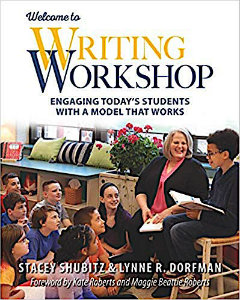
Follow Lynne on Twitter @LynneRDorfman and on write-share-connect, the PA Writing & Literature Project’s blog.

